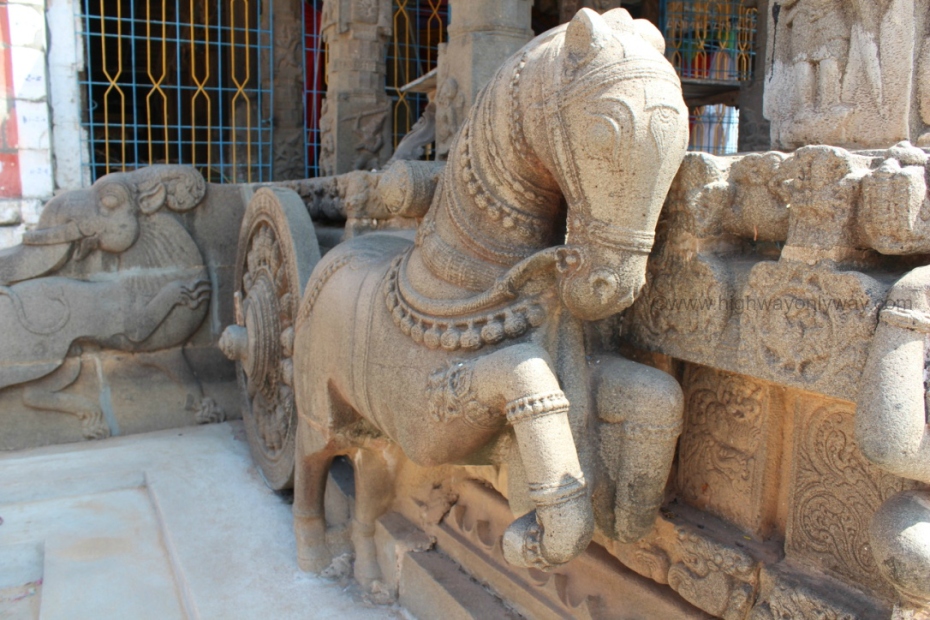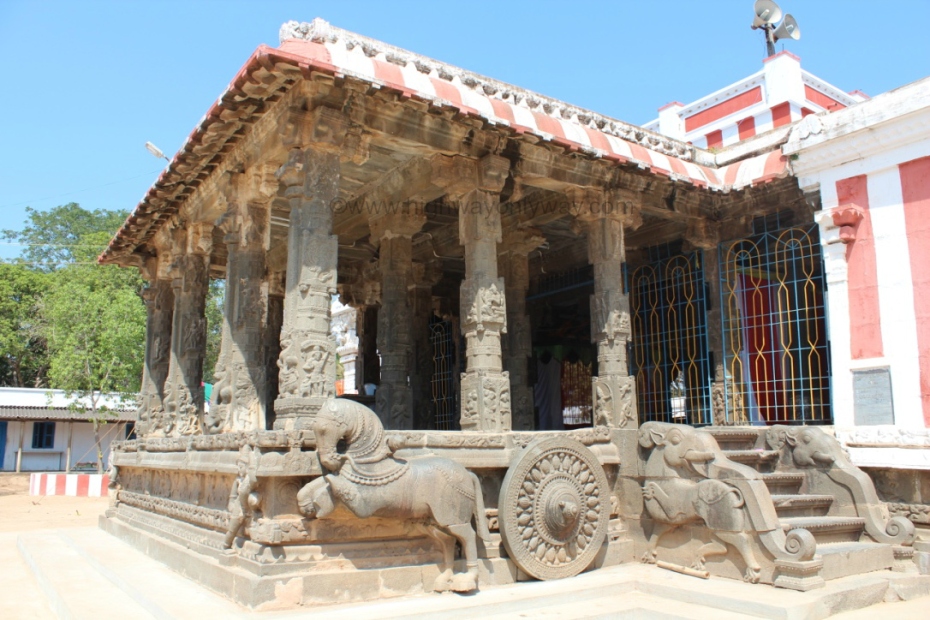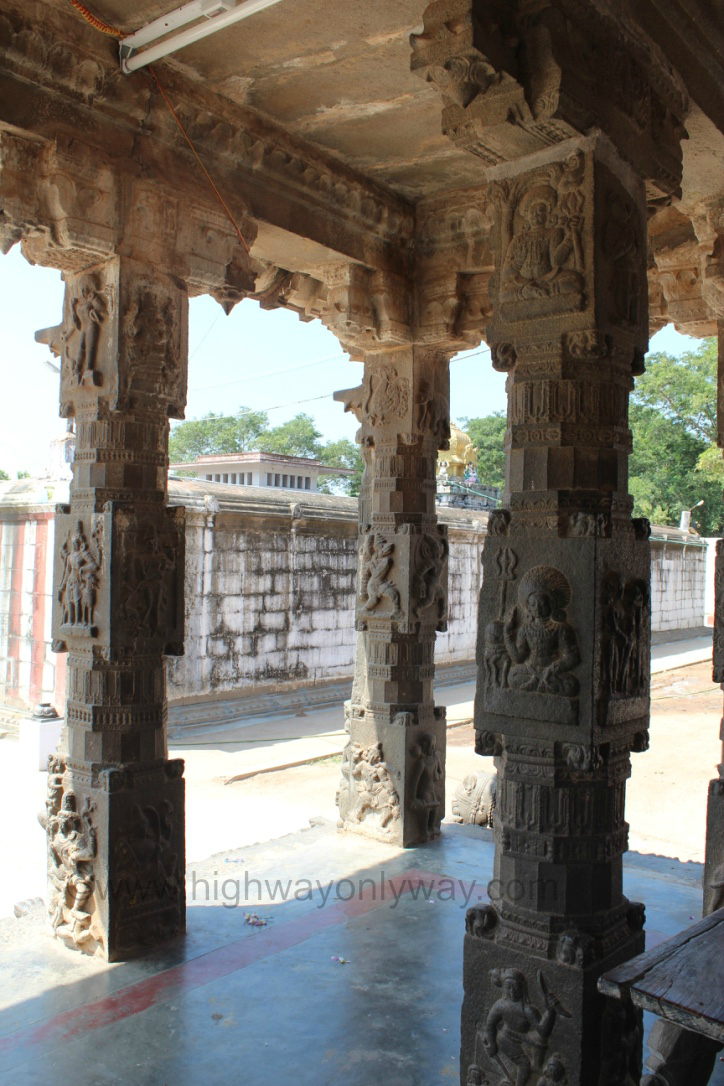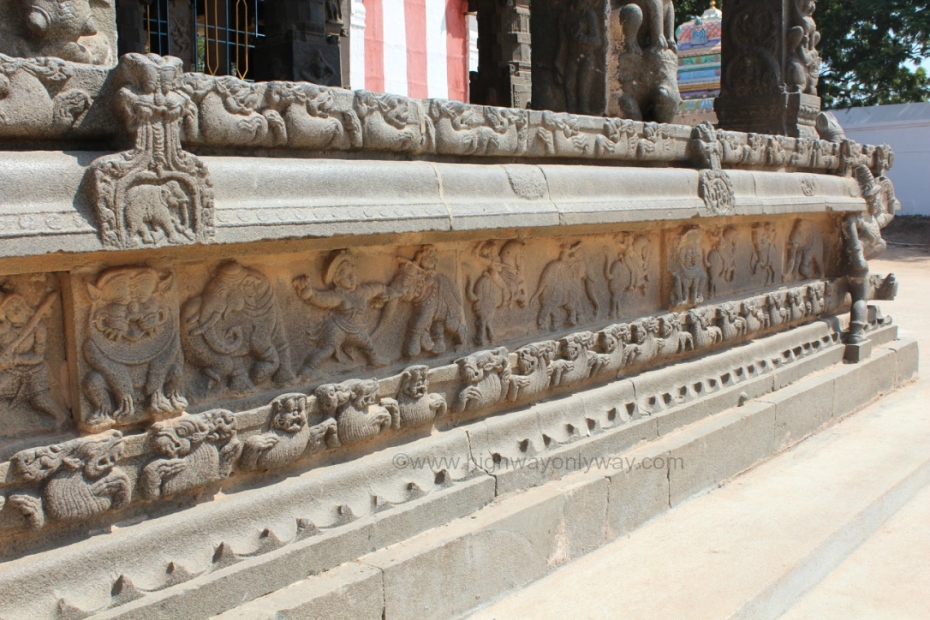 |
| Sri Kapoteswara Temple, Chejerla (Wikipedia) |
 |
| Apsidal Shikara (Gajaprishta Vimanam) (Wikipedia) |
Chejarla (சேஜர்லா) also known as Cezarla or Chejerla, a sleepy village panchayat located in Nekarikallu (நெகரிகல்லு) Mandal, Guntur (குண்டூர்) district, Andhra Pradesh , India. PIN 522615. The geographical Coordinates of Chejarla are 16° 18`' 59" North (latitude), 79° 50' 58" East (longitude). Chejarla village should not be confused with Chejrla Kandriga (Nellore) village in PithapuramChejerla Mandal, SPSR Nellore district, Andhra Pradesh or with Chejarla (Nellore) village, Chejarla Mandal, SPSR Nellore district, Andhra Pradesh. The village is situated 22 km north east of Narasaraopet, (நரசராவபேட்) the nearest town and railway station, and 57 km away from Guntur, the, district headquarters. From Nekarikallu bus facility is available for every one hour. It has a total population of 4,094 peoples (2050 male and 2044 female). There are about 1,093 houses in Chejerla village. The village situated in the plain land surrounded by thick jungle and rocky hills.
Architecture
Architecture
Chejerla is reputed for Sri Kapotheswara (கபோதேஸ்வரா) temple, one of the very earliest temples in Andhra Pradesh and its origin dates back to third or fourth century A.D. Most probably it is the only temple, dedicated to Lord Shiva as Kapotheswara. The prime deity is the Shiva Lingam. The prime sanctum houses Lord Kapoteswara in the form of Shiva Linga. The barrel vaulted eka-tala vimanam is apsidal or gaja-prishta vimanam (shape of an elephant back) with apsidal sala shikara. It is believed by scholars that the vimana was originally Buddhist Chaitya and was modified for purposes of Shiva worship.
Legend
The legend Sibi Chakravarthi (சிபி சக்ரவர்த்தி) is in Mahabharata (மகாபாரதம்), the Hindu epic. The Jataka tales (ஜடகா கதைகள்) of Buddhism have the tale of Sibi Jataka. Usinara's son Sibi of Lunar dynasty (சந்திரவம்சம்) was known for his selflessness and philanthropy. The legend details the philanthropy of Sibi who sacrificed his own flesh to redeem the life of a dove (Lord Agni transformed into dove) hunted by a hawk / vulture (Lord Indra transformed as vulture). The dove came as a refuge to the king Sibi. The legend gained popularity in Sangam Tamil literature i.e., Purananuru (புறநானுறு) verses 37, 39, 43 46 and 228; other Sangam anthologies i.e., Aka Nanuru (அகநானுறு) (36) and Natrinai (நற்றிணை) (14) and Tamil epics Silappadikaram (சிலப்பதிகாரம்) and Manimekalai (மணிமேகலை) gave more details about this legend. The legend of Kapotheswara is related to this legend and Lord Shiva himself sacrificed part of his body to an eagle to save a pigeon (Kapotha) that took refuge with him. The temple is erected to this pious king under the title 'Kapotheswara.'
புள் உறு புன்கண் தீர்த்த, வெள் வேல்,
சினம் கெழு தானை, செம்பியன் மருக! - புறநானூறு 37 (Purananuru 37)
புறவின் அல்லல் சொல்லிய, கறை அடி
யானை வால் மருப்பு எறிந்த வெண் கடைக்
கோல் நிறை துலாஅம் புக்கோன் மருக!
ஈதல் நின் புகழும் அன்றே - புறநானூறு 39 (Purananuru 39)
Legend
The legend Sibi Chakravarthi (சிபி சக்ரவர்த்தி) is in Mahabharata (மகாபாரதம்), the Hindu epic. The Jataka tales (ஜடகா கதைகள்) of Buddhism have the tale of Sibi Jataka. Usinara's son Sibi of Lunar dynasty (சந்திரவம்சம்) was known for his selflessness and philanthropy. The legend details the philanthropy of Sibi who sacrificed his own flesh to redeem the life of a dove (Lord Agni transformed into dove) hunted by a hawk / vulture (Lord Indra transformed as vulture). The dove came as a refuge to the king Sibi. The legend gained popularity in Sangam Tamil literature i.e., Purananuru (புறநானுறு) verses 37, 39, 43 46 and 228; other Sangam anthologies i.e., Aka Nanuru (அகநானுறு) (36) and Natrinai (நற்றிணை) (14) and Tamil epics Silappadikaram (சிலப்பதிகாரம்) and Manimekalai (மணிமேகலை) gave more details about this legend. The legend of Kapotheswara is related to this legend and Lord Shiva himself sacrificed part of his body to an eagle to save a pigeon (Kapotha) that took refuge with him. The temple is erected to this pious king under the title 'Kapotheswara.'
சினம் கெழு தானை, செம்பியன் மருக! - புறநானூறு 37 (Purananuru 37)
புறவின் அல்லல் சொல்லிய, கறை அடி
யானை வால் மருப்பு எறிந்த வெண் கடைக்
கோல் நிறை துலாஅம் புக்கோன் மருக!
ஈதல் நின் புகழும் அன்றே - புறநானூறு 39 (Purananuru 39)
நீயே, புறவின் அல்லல் அன்றியும், பிறவும்
இடுக்கண் பலவும் விடுத்தோன் மருகனை, - புறநானூறு 46 (Purananuru 46)
இடுக்கண் பலவும் விடுத்தோன் மருகனை, - புறநானூறு 46 (Purananuru 46)
எள்ளறு சிறப்பின் இமையவர் வியப்பப்
புள்ளுறு புன்கண் தீர்த்தோன் - சிலப்பதிகாரம், வழக்குரை காதை
புள்ளுறு புன்கண் தீர்த்தோன் - சிலப்பதிகாரம், வழக்குரை காதை
 |
| Kapoteswara Shiva Lingam (Sarasvatam) |
Shiva Lingam
Interestingly, in the white marble idol of Shiva Linga, even today you will find large pits / cavities as if portions have been scooped or cut out, and these are said to be the places of the body, from which the Lord cut off his own flesh, in order to save the life of the Kapotha. Also on top of Shiva Lingam there are still two large vertical cavities. The water used for ablution of Shiva Linga drained through one these cavities. Surprisingly the smell of raw flesh is felt and blood oozes from the cavities occasionally.
 |
| Mahendravarma I Inscription on a slab (Sarasvatam) |
Inscription
The Sanskrit language (grantha script) inscription of Mahendaravarma Pallava I (600 - 620 A.D.), which is not cited frequently by scholars, is seen on the face of the slab fixed behind Nandi Mandapa in front of the prime sanctum. Though this inscription is fully disfigured, yet few portions could be readable and translated, Still the inscription continues to retain significant value since it stands as the evidence for Pallava rule in Guntur region which was later captured by Pulakesi II (610 - 641 A.D.)... The inscription is assigned to Mahendravarma Pallava I of Pallava dynasty which is clearly ascribable by the salutation (title) "Avani Bhajana," "Vegavati-sanatha" and "Mahendra Vikrama Varma." The inscription also documents the construction of this temple by appointing twelve Devakanmis (S.I.I. vol. VI no. 595). The initial construction of this temple by Mahendravarma Pallavan I is evident from this inscription. But the brick structure of Mahendravarman was revamped later by the successive rulers. Hence it can be claimed that Mahendravarman, constructed brick structure, though he was concentrating in rock cut cave temples.
Inscription of Krishnaraya, dated Saka 1440 (current), Isvara, Jyestha ba. Friday, solar eclipse corresponding to 1517 A.D., June 19, on a slab near mandapa in the temple S.I.I. Volume XVI No. 60. (Telugu Inscriptions Vijayanagara dynasty) (A. R. No. 335 of 1915.) registers a gift of 12 puttis measured by the peddapatinagari-ambaram and 12 varahas, to Namassivaya, the Srikarana of god Kapotesvara by Saluva Timmarasa at the command of the king for the merit of his family. The Sanskrit verse with which the record begins, refers to Chemjerla as the sarvamanya-agrahara. Also records the remission of certain levies and specifies the quantities of rice, dhall, ghee, etc., for the daily use in the temple as well as the shares of the offerings to the various officials and temple servants including the Srikarana.
Festival
Shivaratri is the main festival in this temple.
Temple Timings: 06.00 to 08.00
Reference
- Chejerla inscription of Mahendra Pallava I by Sakaranarayanan in Sarasvatam 5th December 2015 (http://sarasvatam.in/en/2015/12/05/chejerla-inscription-of-mahendra-pallava-i/)
- Kapotheswara swamy Temple (http://www.manatemples.net/pages/AP_GNT_chejarla.htm)
- Select Andhra Temples. Dr.M.R.Rao
- Sibi (King) (Wikipedia)






















